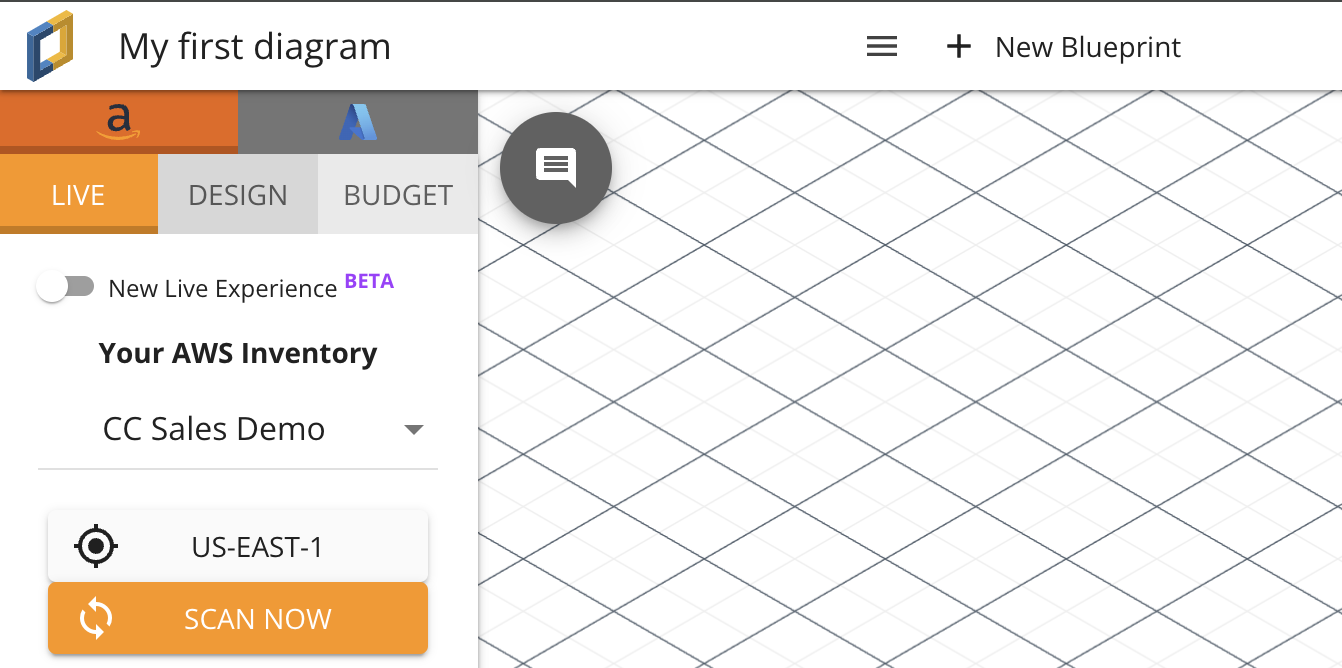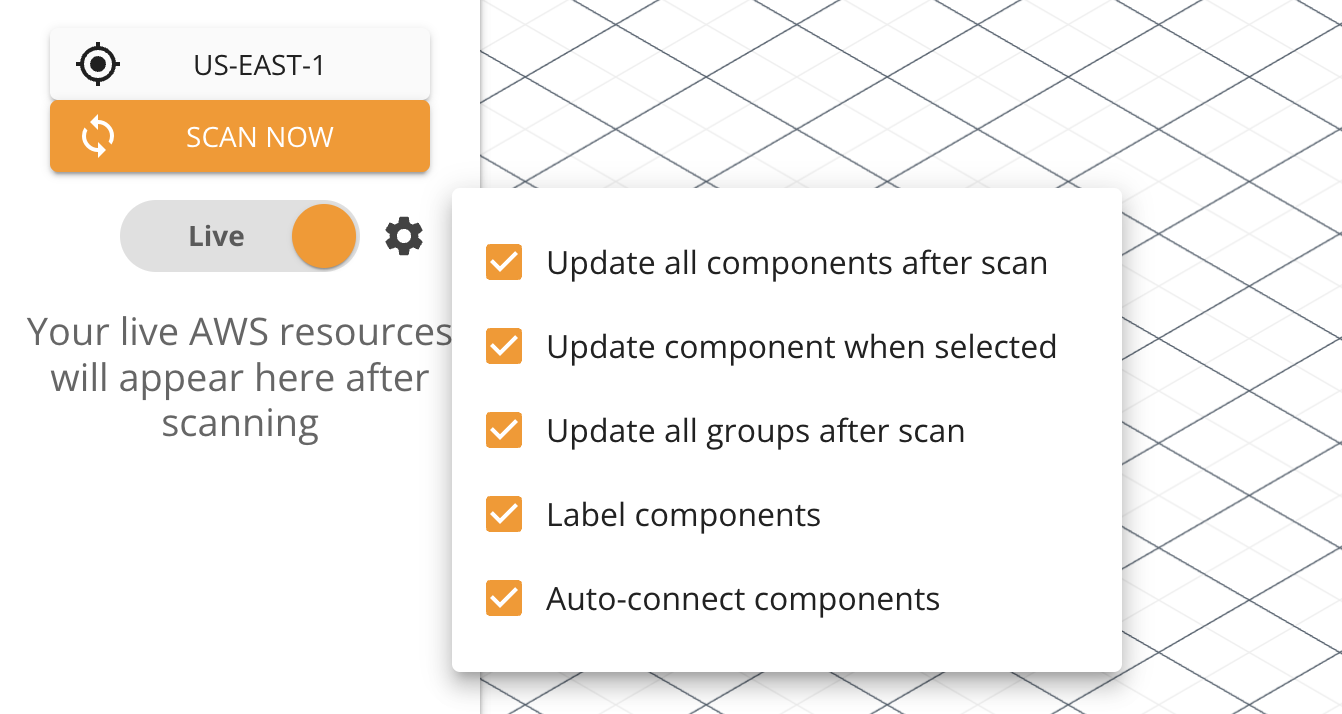- Essentials
- Getting Started
- Agent
- API
- APM Tracing
- Containers
- Dashboards
- Database Monitoring
- Datadog
- Datadog Site
- DevSecOps
- Incident Management
- Integrations
- Internal Developer Portal
- Logs
- Monitors
- Notebooks
- OpenTelemetry
- Profiler
- Search
- Session Replay
- Security
- Serverless for AWS Lambda
- Software Delivery
- Synthetic Monitoring and Testing
- Tags
- Workflow Automation
- Learning Center
- Support
- Glossary
- Standard Attributes
- Guides
- Agent
- Integrations
- Developers
- Authorization
- DogStatsD
- Custom Checks
- Integrations
- Build an Integration with Datadog
- Create an Agent-based Integration
- Create an API-based Integration
- Create a Log Pipeline
- Integration Assets Reference
- Build a Marketplace Offering
- Create an Integration Dashboard
- Create a Monitor Template
- Create a Cloud SIEM Detection Rule
- Install Agent Integration Developer Tool
- Service Checks
- IDE Plugins
- Community
- Guides
- OpenTelemetry
- Administrator's Guide
- API
- Partners
- Datadog Mobile App
- DDSQL Reference
- CoScreen
- CoTerm
- Remote Configuration
- Cloudcraft (Standalone)
- In The App
- Dashboards
- Notebooks
- DDSQL Editor
- Reference Tables
- Sheets
- Monitors and Alerting
- Watchdog
- Metrics
- Bits AI
- Internal Developer Portal
- Error Tracking
- Change Tracking
- Service Management
- Service Level Objectives
- Incident Management
- On-Call
- Status Pages
- Event Management
- Case Management
- Actions & Remediations
- Infrastructure
- Cloudcraft
- Resource Catalog
- Universal Service Monitoring
- End User Device Monitoring
- Hosts
- Containers
- Processes
- Serverless
- Network Monitoring
- Storage Management
- Cloud Cost
- Application Performance
- APM
- Continuous Profiler
- Database Monitoring
- Agent Integration Overhead
- Setup Architectures
- Setting Up Postgres
- Setting Up MySQL
- Setting Up SQL Server
- Setting Up Oracle
- Setting Up Amazon DocumentDB
- Setting Up MongoDB
- Connecting DBM and Traces
- Data Collected
- Exploring Database Hosts
- Exploring Query Metrics
- Exploring Query Samples
- Exploring Database Schemas
- Exploring Recommendations
- Troubleshooting
- Guides
- Data Streams Monitoring
- Data Jobs Monitoring
- Data Observability
- Digital Experience
- Real User Monitoring
- Synthetic Testing and Monitoring
- Continuous Testing
- Product Analytics
- Software Delivery
- CI Visibility
- CD Visibility
- Deployment Gates
- Test Optimization
- Code Coverage
- PR Gates
- DORA Metrics
- Feature Flags
- Security
- Security Overview
- Cloud SIEM
- Code Security
- Cloud Security
- App and API Protection
- Workload Protection
- Sensitive Data Scanner
- AI Observability
- Log Management
- Administration
Create your first live cloud diagram
Cloudcraft allows you to import your AWS and Azure cloud environments as live diagrams. By reverse-engineering the architecture in your cloud account, Cloudcraft can auto-generate new diagrams or enhance existing ones, saving you hours or even days of work.
If you are using Cloudcraft's new live experience, see Crafting Better Diagrams: Cloudcraft's Live Diagramming and Filtering instead.
Prerequisites
Before you begin, connect your cloud account to Cloudcraft.
- For AWS accounts, see Connect your AWS account with Cloudcraft.
- For Azure accounts, see Connect your Azure account with Cloudcraft.
Your first live diagram
To scan and visualize your cloud architecture, create a new blueprint. A blueprint contains your diagram, a budget, and all the documentation you attach to individual components.
- In Cloudcraft, select the AWS or Azure tab, then the Live tab. In this guide, our primary focus will be on AWS accounts. If you have an Azure account, the process is similar.
On the Live tab you have the ability to select your account, scan regions, generate layouts, and view all resources in your account.
If you have only added one AWS account to Cloudcraft, it is automatically selected. Otherwise, choose an account from the drop-down.
- Select the region you want to perform the scan in. While it’s possible to scan and incorporate multiple regions into a single diagram, it’s recommended to start with one region.
Below the Scan now button is a toggle that says Live or Snapshot, which tells the application which kind of diagram you want to create. If you select Live, the diagram continuously updates with information from your account. If you select Snapshot, a point-in-time image is created, which means the diagram will never update automatically.
This example uses the Live option. Enable the toggle for Live. The cog icon located to the right of the option provides additional customization settings for updating your diagram. For the purposes of this guide, it is recommended to leave it in the default state.
- Click Scan now to scan your account for supported AWS components in your account. A Scan complete message appears once the scan is finished.
With the scan complete, the Auto layout button and all the supported components from your AWS account should appear. You can start adding them manually immediately, however, it’s recommended to let the application lay them out for you automatically.
You can achieve this in two ways:
- Using the Auto layout feature.
- Using the Filtered layout feature.
The Auto layout feature is the most straightforward as it adds all components to the diagram and illustrates their connections and relationships. For instance, you can configure the Auto layout to only display EC2 instances while excluding all other components.
The diagram type for this documentation is Live, which means if you remove an EC2 instance from your AWS account, the change will be reflected in your diagram.
The Filtered Layout feature is a more advanced and powerful way to diagram your cloud architecture, as it allows you to create diagrams that match a pattern. For example, if you have many resources tagged with environment=production and environment=staging but only want components in production to be added to the diagram, you can filter by environment=production and only components tagged with this exact combination of value and key are included.
The power of filters is available even if you do not tag your resources in your cloud provider. For example, to create a diagram with only EC2 instances that are powered down, you could use the filter ec2 !running.
The following video depicts the power of Filtered layout. In AWS, our sales team tags several resources related to a Cloudcraft demo with the key Environment and the value Demo. To view what they want to demonstrate and how each component connects to each other, they can use the filter Environment=demo in the search bar just below the Live tab.
Components labeled with Environment=demo are displayed within their corresponding VPCs, subnets, and security groups, despite these resources not being tagged as such in AWS. The WAF, despite having identical tags, is positioned outside of the VPC because the AWS API does not indicate any linkage between the WAF and the rest of the components.
How components connect to each other is service dependent. Cloudcraft uses all available cloud APIs to discover relationships wherever possible.
- To continue configuring your Auto Layout functionality, select Auto layout under the Live/Snapshot toggle.
A new dialog box allows you to decide which AWS components to include in your diagram. The dialog also includes an Options drop-down menu where you can choose one of three possible options:
- Replace existing components.
- Include existing components.
- Leave existing components.
These options tell the application what to do if you are using Auto layout on a diagram that already has components on it.
- If you select Replace existing components, everything already in the diagram will be replaced with new components.
- If you select Include existing components, the application will perform an automatic layout on all the components in your inventory as well as all the components on the diagram.
- If you select Leave existing components, the components in the diagram will not be altered, but the application will perform an automatic layout for the new components.
Since we are creating a new diagram, choose Replace existing components from the menu. Select Layout to automatically add all of the components in your inventory to the diagram along with their connections.
The diagram is customizable, allowing you to enhance its appearance using elements from the Design tab, all while observing real-time data pertaining to each component.
If you select a component, the Live feed dialog should appear in the lower-left corner of your screen and displays live information about the component you selected.
New live experience
Cloudcraft has introduced a revamped live experience as part of our continuous commitment to enhance user experience and streamline the process of diagramming cloud infrastructure. This updated experience is accessible to all users and has been set as the standard experience for new users.
See Crafting Better Diagrams: Cloudcraft’s Live Diagramming and Filtering for more information.




